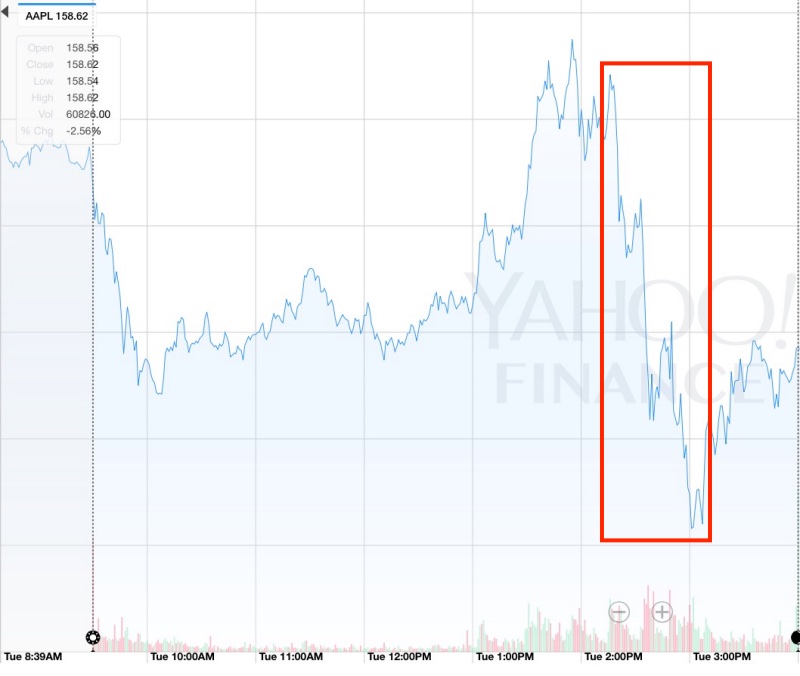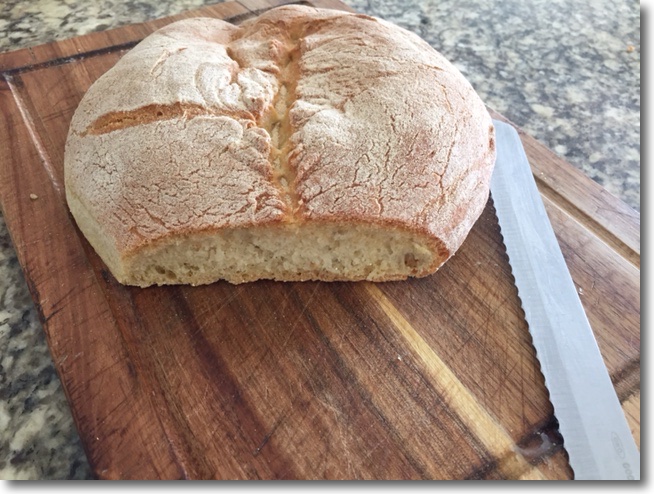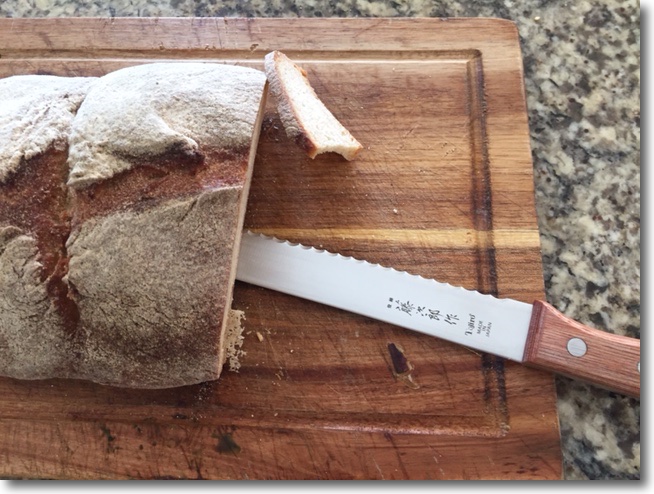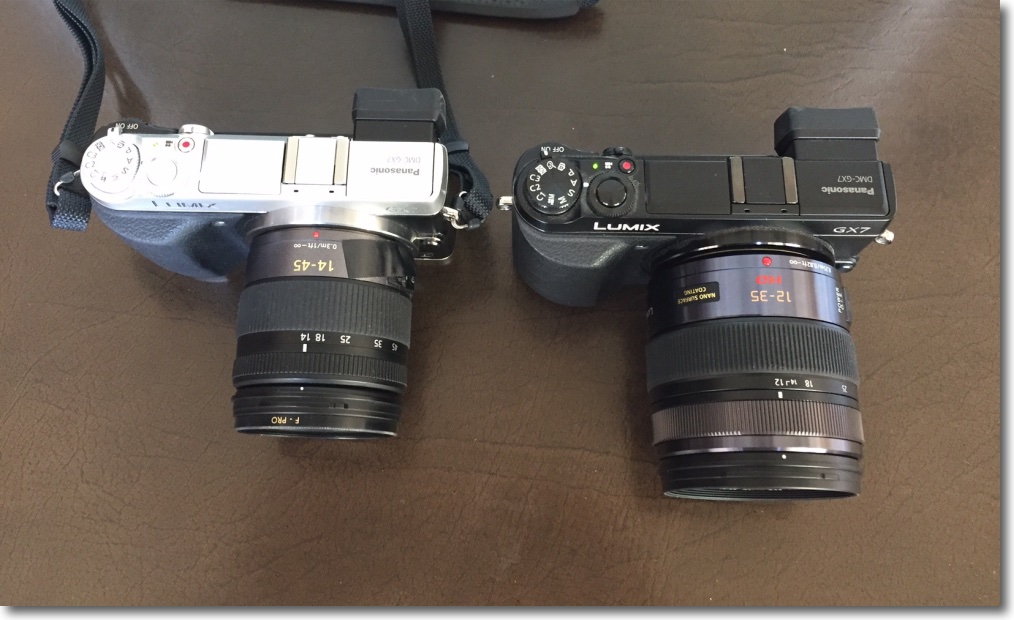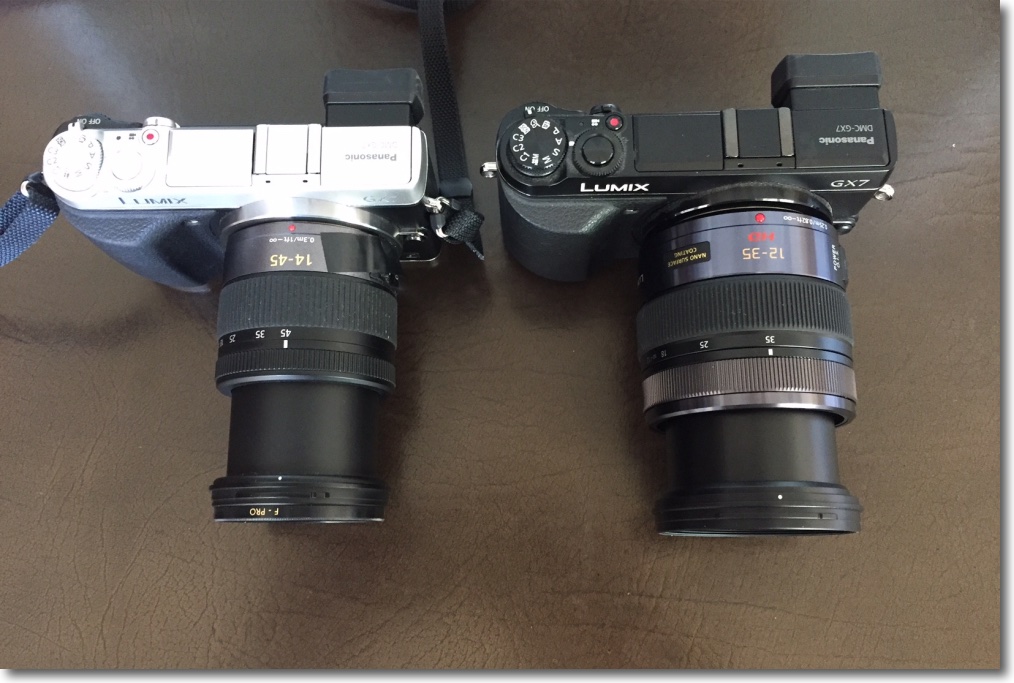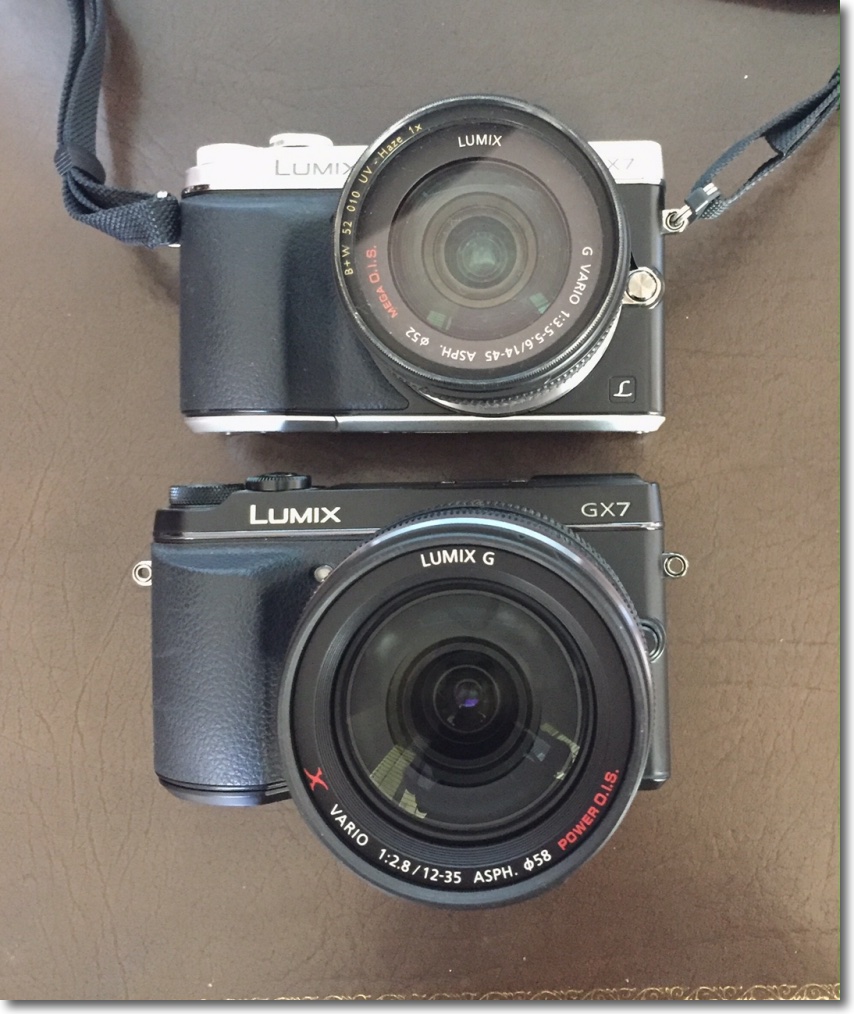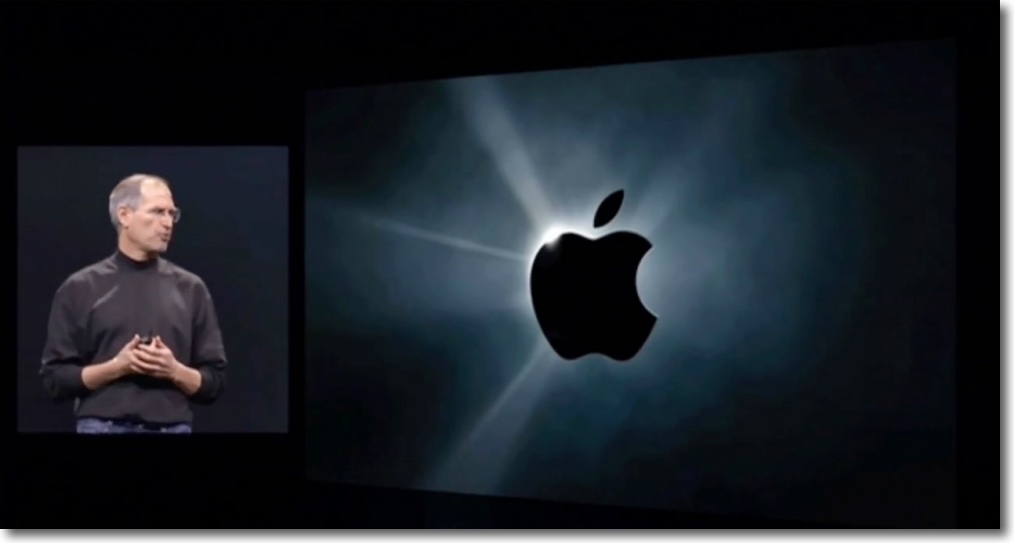No, you do not need one.
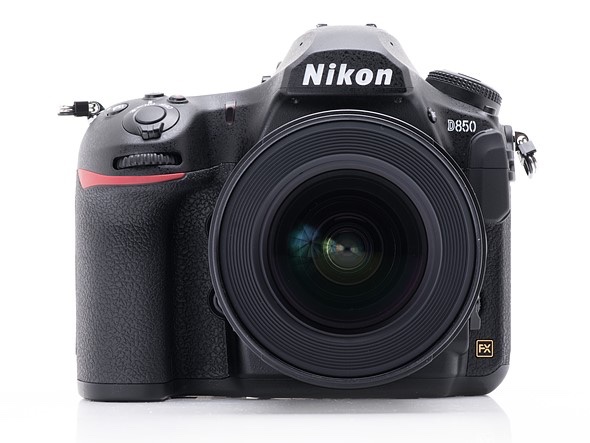
The Nikon D850 may well be the most capable camera yet made. A jack of all trades it comes with extraordinary sensor definition, access to a vast array of the best in lenses …. and you do not need it.
While the stress which this body will place on your lens and computer gear is immense, what with a 46mp sensor and 7fps continuous frame rate which will dictate more money for the very best lenses, the fastest CPUs and SSDs and just about everything else in the chain, the bottom line is that for – I’m guessing here – 99.9% of users the camera is total overkill. That’s because those 99.9% display their images on iPhones and tablets and small computer screens. The technology in that sensor is wasted.
If you want to read a comprehensive review the folks at DP Review do their usually excellent job. Click here.
Richard Thaler of the University of Chicago was awarded the Nobel Prize in Economics last week for his decades long work in the field of behavioral economics. Scoffed at by classical economists for years, for they argue that man is a perfectly logical decision maker in matters economic, we all intuitively know that his views are right. We are irrational beings who do not make coldly objective decisions. A YouTube video, a 62 second clip of a discussion between Gene Hackman and Dustin Hoffman, goes a long way to debunking those classicists’ belief that money is a purely fungible commodity.
Were it not for the realities of behavioral economics, cameras like the Nikon D850 would never have been made as the professional audience which can justify the technologies therein is too small to turn a profit. It’s amateurs who need the bragging rights of 46mp and 7fps, and it’s behavioral economics which make this body a profit center for Nikon. Those amateurs have only irrational reasons for owning this body. Heck, maybe Professor Thaler will buy one with his prize money?

